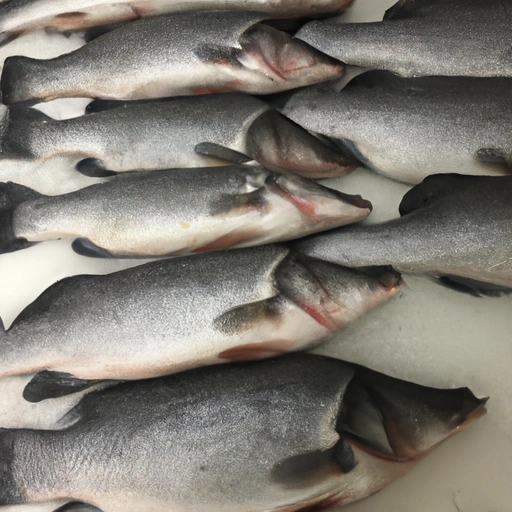Bass
Description

Bass refers to various species of fish that are commonly used in culinary practices worldwide. These fish are known for their mild, white flesh which is both tender and flaky when cooked. Bass can be found in both freshwater and marine environments, and the type of bass used in cooking can vary by region, with some popular varieties including sea bass, striped bass, and black bass.
Common uses
Bass is widely used in various dishes, from appetizers to main courses. It's often grilled, baked, or fried and can be prepared whole or as fillets. Bass is also a common choice for soups, stews, and chowders.
Nutritional value
Calories
A typical serving of bass (3 oz or approximately 85 g) contains around 97-145 calories, depending on the species and preparation method.
Protein
Bass is an excellent source of lean protein, providing about 20 g per 3 oz (85 g) serving.
Fat
This fish is relatively low in fat, with roughly 1.5-5 g per serving, and contains beneficial omega-3 fatty acids.
Carbohydrates
Bass contains minimal carbohydrates, typically less than 1 g per serving.
Vitamins
Bass is a good source of vitamins, particularly B-complex vitamins like B12 and niacin.
Minerals
It is also rich in minerals such as selenium, phosphorus, and potassium.
Health benefits
Regular consumption of bass can contribute to heart health due to its omega-3 fatty acid content. It's also beneficial for muscle development and maintenance because of its high protein levels, and the minerals found in bass support bone health and metabolic processes.
Potential risks
As with many types of fish, there is a potential risk of mercury contamination in bass. Pregnant and breastfeeding women, as well as young children, should limit their intake of certain species of bass to reduce exposure to mercury. Additionally, individuals with seafood allergies should avoid bass.
Common recipes
Popular recipes include sea bass ceviche, striped bass with lemon and herbs, and blackened bass tacos.
Cooking methods
Cooking methods for bass are diverse and include grilling, baking, broiling, sautéing, and poaching.
Pairing with other ingredients
Bass pairs well with a variety of flavors and ingredients such as citrus, garlic, fresh herbs, and vegetables like asparagus and potatoes.
Summary
Bass is a nutritious and adaptable fish that enjoys global culinary popularity. With its high protein and low-fat content, it's a healthy option for many diets. Available in various species, bass can be incorporated into a wide range of dishes and cooking styles, making it a favorite among chefs and home cooks alike. While there are some risks associated with mercury, proper selection and moderation can ensure safe consumption.